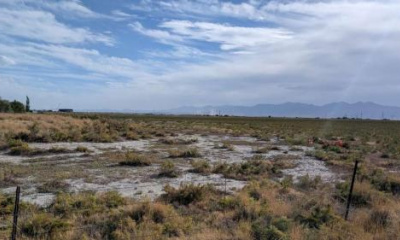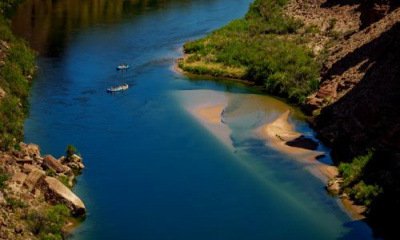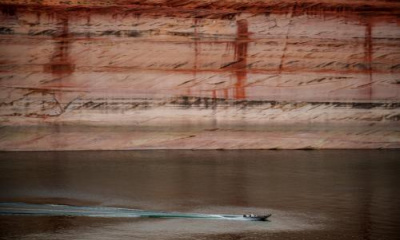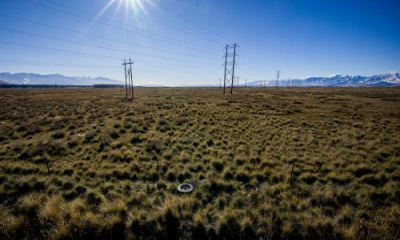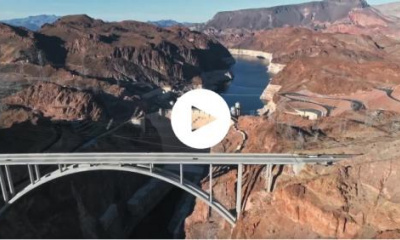Utah researchers are working to restore Green River tributaries with a host of strategies including reintroducing beavers and removing invasive plants.
There have been significant changes to ecosystems in recent years, in large part due to human activities. In the dry western United States, wildlife depends on water patterns particularly related to precipitation and river flow.
Listen to the story here.
Phaedra Budy is both a professor in Watershed Sciences at USU as well as unit leader for the USGS Utah Cooperative Fish and Wildlife Research Unit. She is working with a team of people to help manage and restore western rivers, many of which have been altered drastically by diversions.
“We've completely lost, or almost completely lost, the snow melt flood because it's completely taken up by over allocation and diversions and behind reservoirs and dams,” explained Budy. “And that snowmelt flood was really important in these desert tributaries because it formed and maintained complex habitat; things like pools, riffles, eddies, which is where that water goes backwards, complex habitat that is complementary and required for fish across their lifespan.”
The unique desert river ecosystems are home to three native fish species.
“They're all endemic, which means they are found no other place on earth. So if we lose them here, they're gone forever. They evolved over millions of years, and they're incredibly specialized to this flashy, dynamic desert environment,” Budy said.
Restoration efforts have included a number of strategies, one of which involves beavers. The team has built Beaver Dam Analogs which simulate a beaver dam, allowing water to move as it would if beavers were still prevalent in these ecosystems.
“It's basically simulating the activity that a beaver would have. The Beaver probably used to be a lot more prevalent there. They've probably been trapped out, because there used to be bounties on them, and they were, of course, treasured for their pelts. And beavers are really good at maintaining and creating complex habitats, just by the structures of their dams. When the dams get breached, that water goes shooting into a bank, and it can then cause a big meander.”
The habitat created by the Beavers provided essential habitat for native fish to feed and reproduce in. Using simulated Beaver dams is one way Budy and her team have found success in restoring the river ecosystem. They also bring beavers into these remote rivers from other places in the west where they are considered a nuisance.
“Beavers that are getting in trouble for doing a variety of different things that humans don't like. They also build structures on irrigation diversions and canals. They chop down people's coveted trees for food and for lodging,” Budy explained.
Another strategy the team focuses on is removing and mitigating non-native vegetation. Introduced vegetation like Russian Olive and Tamarisk have outcompeted native vegetation, taking over river shores. Similar to flow patterns, this has greatly disrupted the ecosystem, as it is not nearly as appealing of a food source to native wildlife.
“A restored river benefits not only native fish, but it benefits ungulates, deer, elk, mountain lions, mountain goats. Many, many, many, many birds, and people too. The White River is one of only two unregulated tributaries to the Green and it is a spectacular and beautiful place. It's unregulated, it’s not dammed and diverted, and so it still has a natural spring runoff dominated hydrograph.”
Budy and colleagues have had a lot of success in developing restoration strategies and hope to expand this work along rivers.
“The scale of the problem is huge. We're talking about hundreds of kilometers of stream habitat that need to be restored. And so where we are is we feel like we have a much better idea of how to do this now. And what we would like to do is go out and try and find some really big sources of funding to try and hit the system much harder at a much larger scale.”



